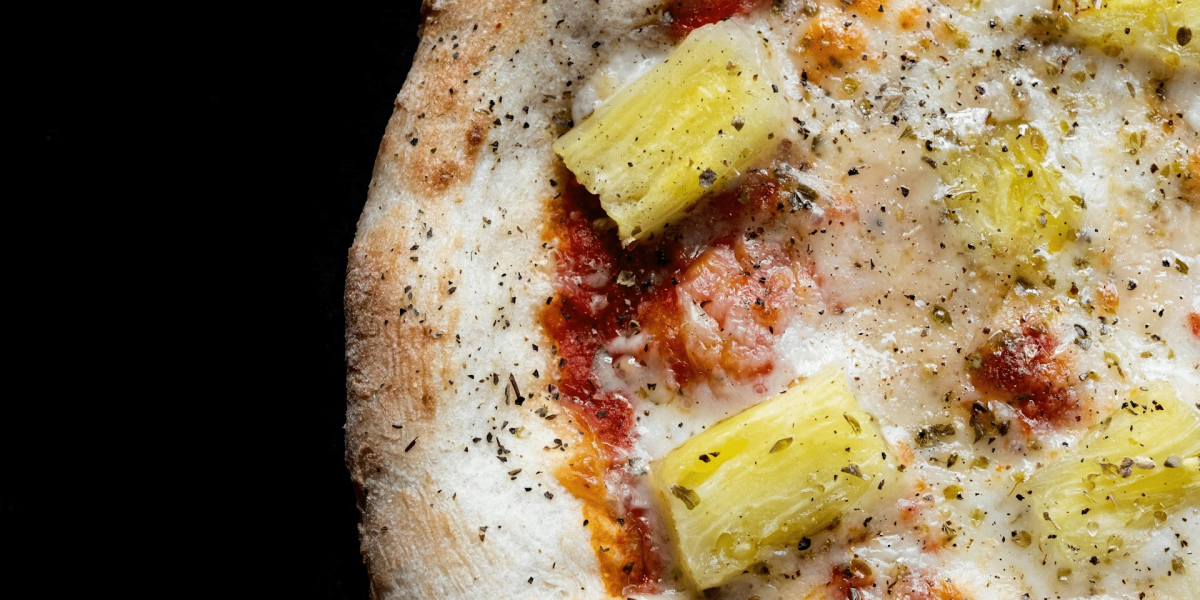The debate over whether pineapple belongs on pizza has sparked heated discussions among food enthusiasts and pizza purists for decades. While some vehemently oppose the idea of fruit topping a savory dish, others argue that the combination of sweet and savory flavors creates a delightful culinary experience. Despite the controversy, there are compelling reasons why adding pineapple to pizza is not only acceptable but also celebrated by many.
A Fusion of Flavors: Sweet and Savory Harmony
One of the primary arguments in favor of pineapple on pizza is the harmonious fusion of flavors it creates. The sweetness of the pineapple complements the savory elements of the pizza, such as cheese, tomato sauce, and various toppings, adding a depth of flavor and complexity to the dish. The contrast between the tangy acidity of the pineapple and the richness of the other ingredients creates a balanced and satisfying taste profile that appeals to many palates.
Versatility and Creativity
Pineapple’s versatility as a pizza topping allows for endless creativity and experimentation in culinary creations. Whether paired with classic toppings like ham and bacon or combined with more unconventional ingredients such as jalapenos or barbecue sauce, pineapple adds a refreshing and unexpected twist to traditional pizza recipes. Its ability to complement a wide range of flavors and textures makes it a versatile ingredient that can elevate the culinary experience and inspire culinary innovation.
Cultural Significance
The debate over pineapple on pizza extends beyond taste preferences and culinary trends—it also has cultural significance. Hawaiian pizza, which features pineapple and ham as its primary toppings, has become a beloved staple in many parts of the world, particularly in North America and Europe. Originating in Canada in the 1960s, Hawaiian pizza has since gained widespread popularity and has even been recognized as an official dish by the President of Iceland. Its cultural significance underscores the widespread acceptance and appreciation of pineapple on pizza as a legitimate culinary choice.
Personal Preference and Diversity of Tastes
Ultimately, the acceptability of pineapple on pizza comes down to personal preference and the diversity of tastes among consumers. While some may find the combination of sweet and savory flavors appealing, others may prefer traditional pizza toppings or have dietary restrictions that preclude them from enjoying pineapple on pizza. However, the beauty of pizza lies in its versatility and adaptability to individual tastes, allowing each person to customize their pizza according to their preferences and dietary needs.
Challenging Culinary Conventions
In a world where culinary boundaries are constantly being pushed and traditional norms are being challenged, pineapple on pizza serves as a symbol of culinary innovation and creativity. By embracing unconventional flavor combinations and pushing the boundaries of traditional culinary conventions, pineapple pizza enthusiasts are contributing to a culture of culinary experimentation and exploration. Rather than adhering to rigid culinary rules, they are encouraging others to open their minds and palates to new and unexpected flavor experiences.
Conclusion
In conclusion, the debate over whether pineapple belongs on pizza is a contentious issue that has divided food enthusiasts and pizza aficionados for decades. However, there are compelling arguments in favor of adding pineapple to pizza, including its harmonious fusion of sweet and savory flavors, versatility as a topping, cultural significance, and celebration of culinary diversity. While personal preference will ultimately dictate whether one enjoys pineapple on pizza, it’s essential to recognize and respect the diverse tastes and culinary choices of individuals. After all, pizza is a dish meant to be enjoyed and savored in all its delicious and diverse forms.











